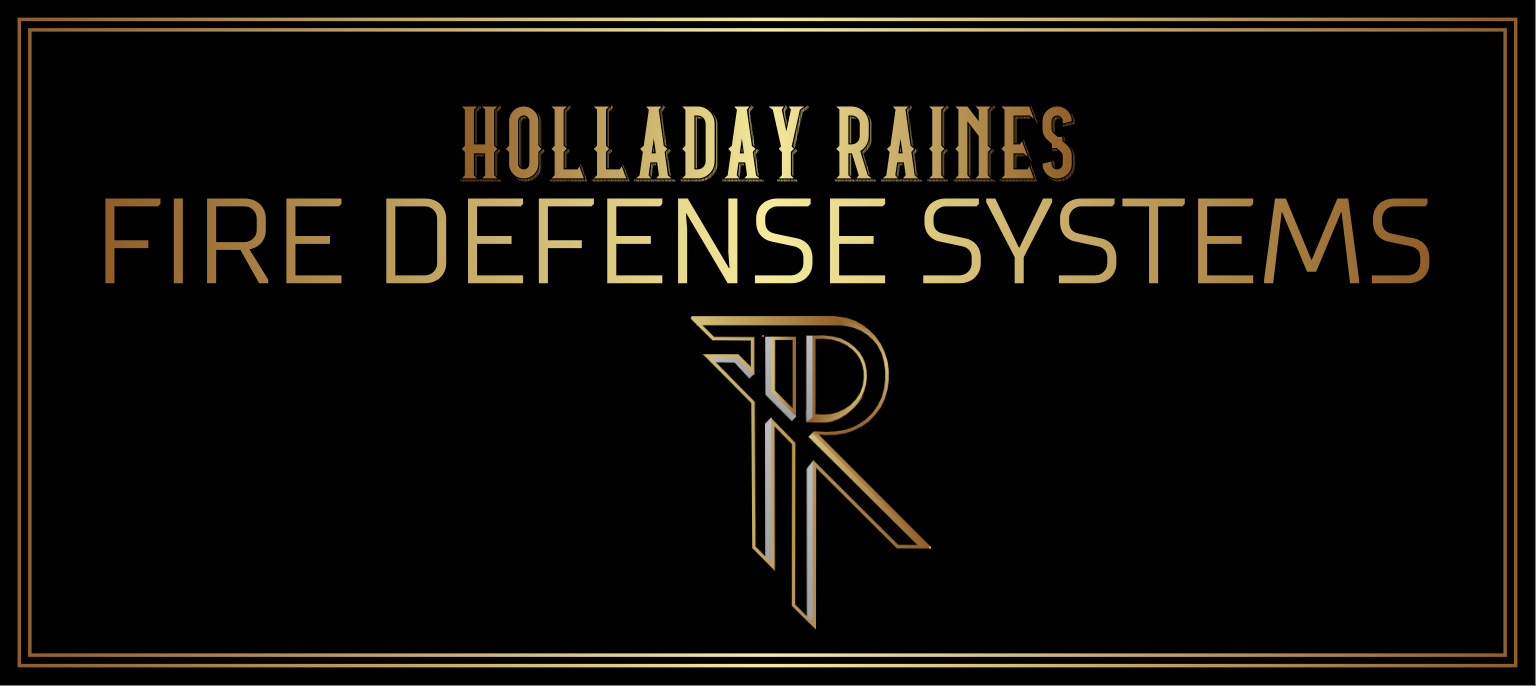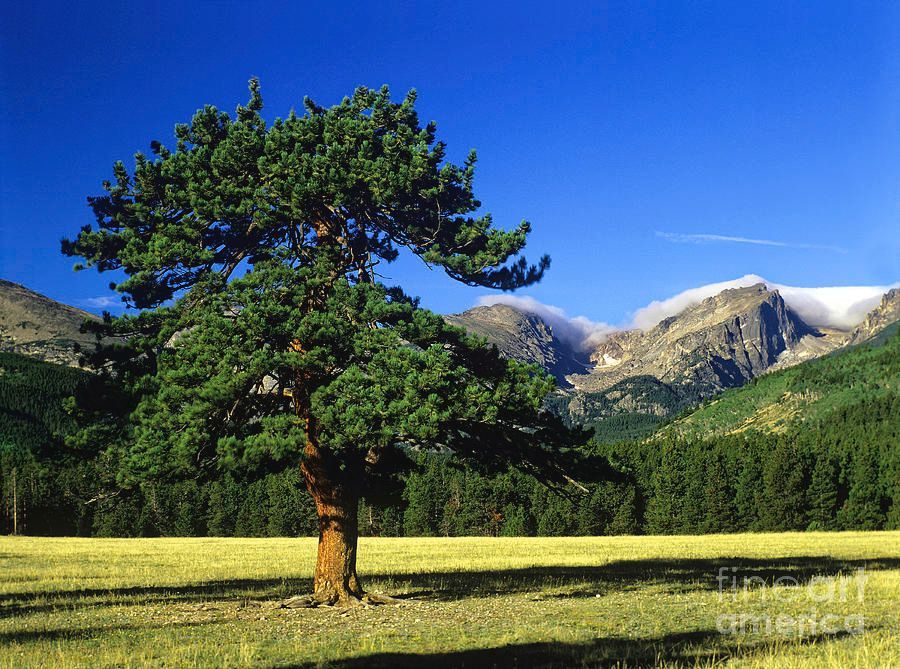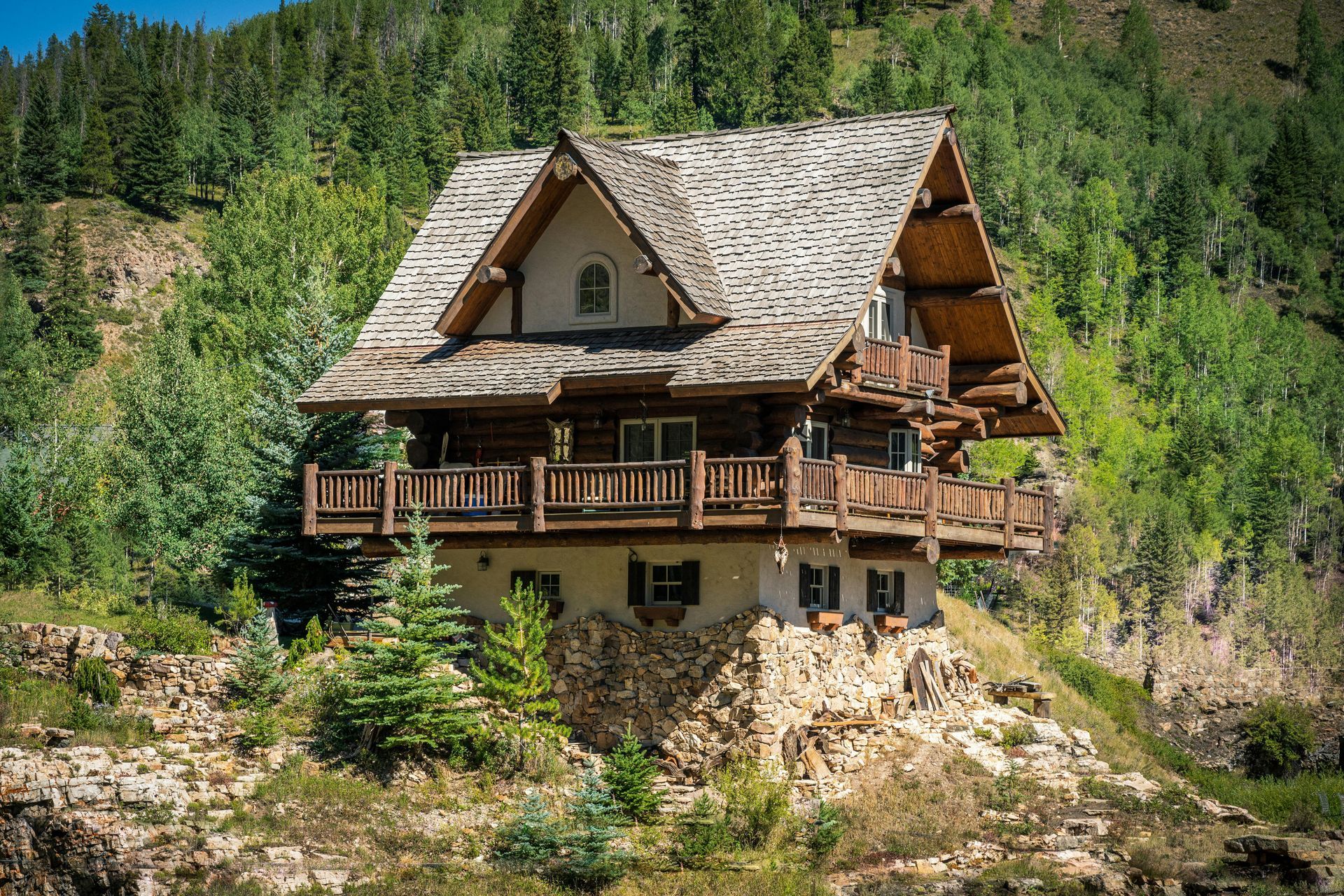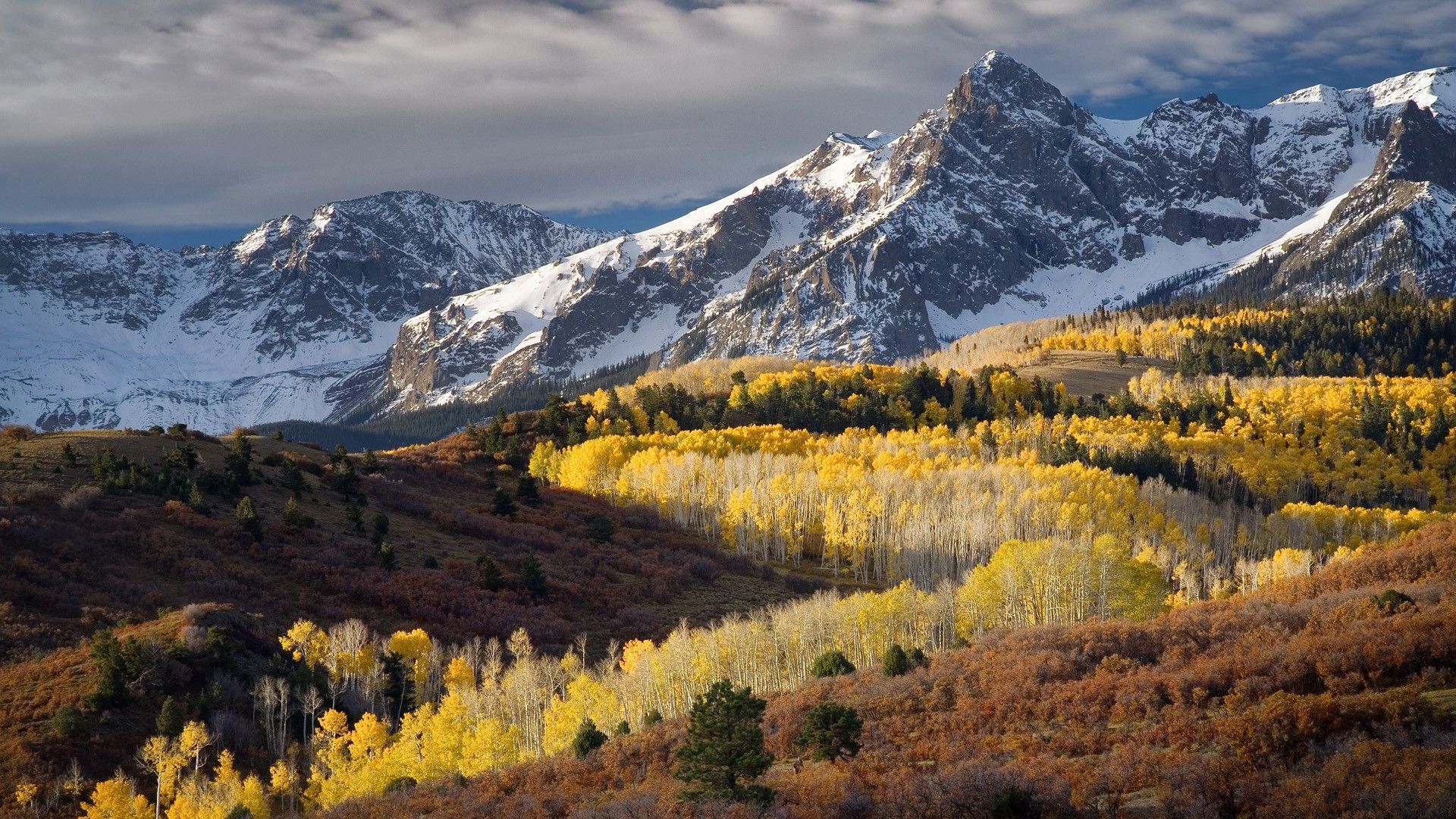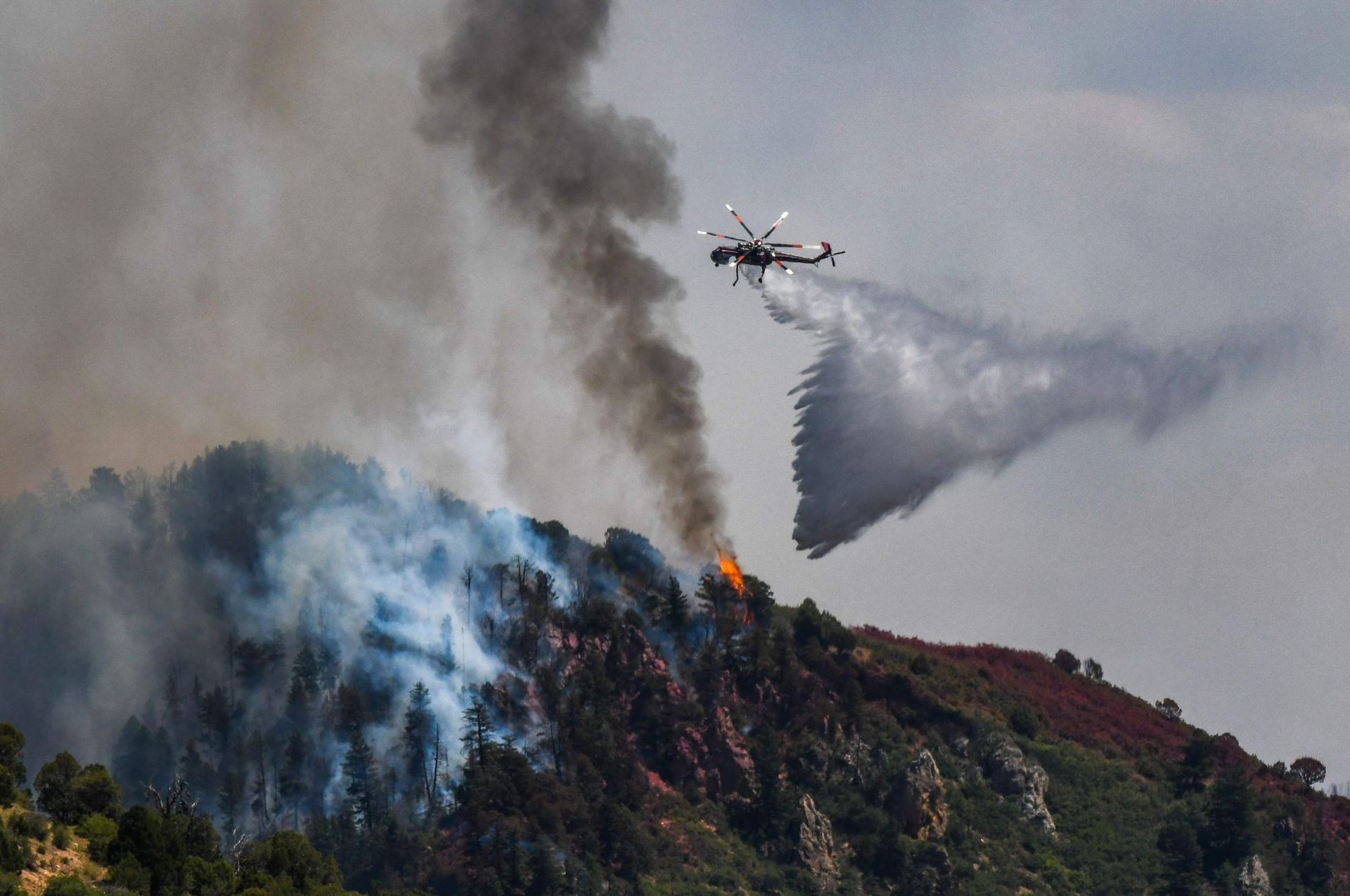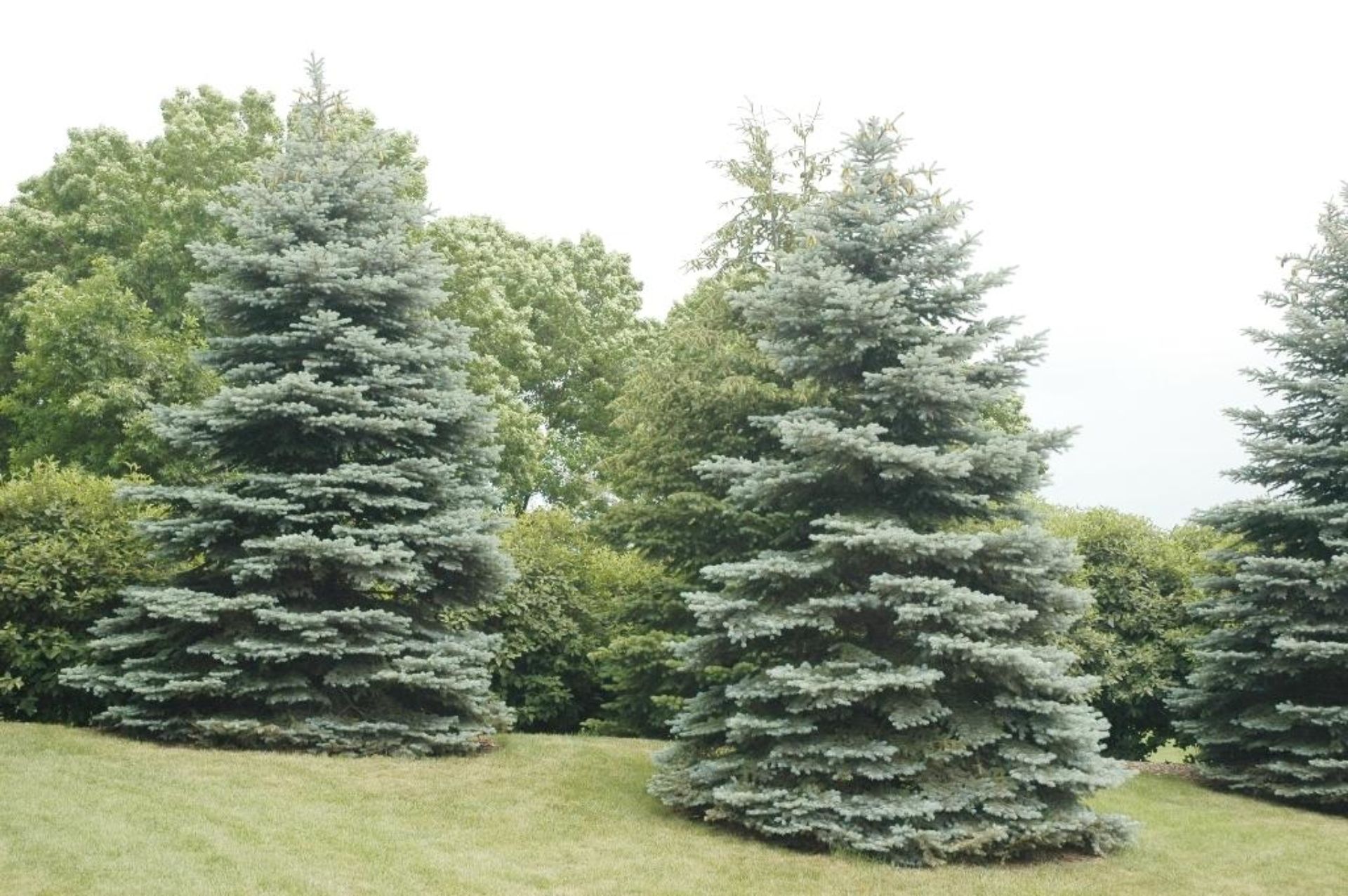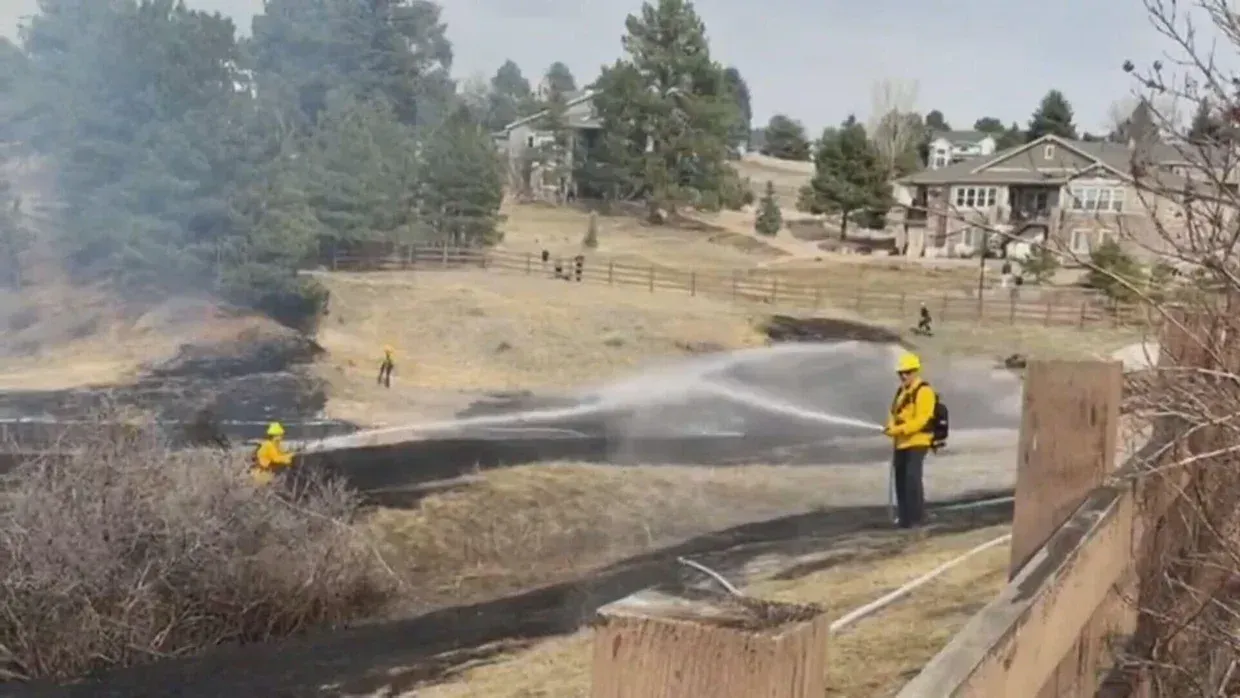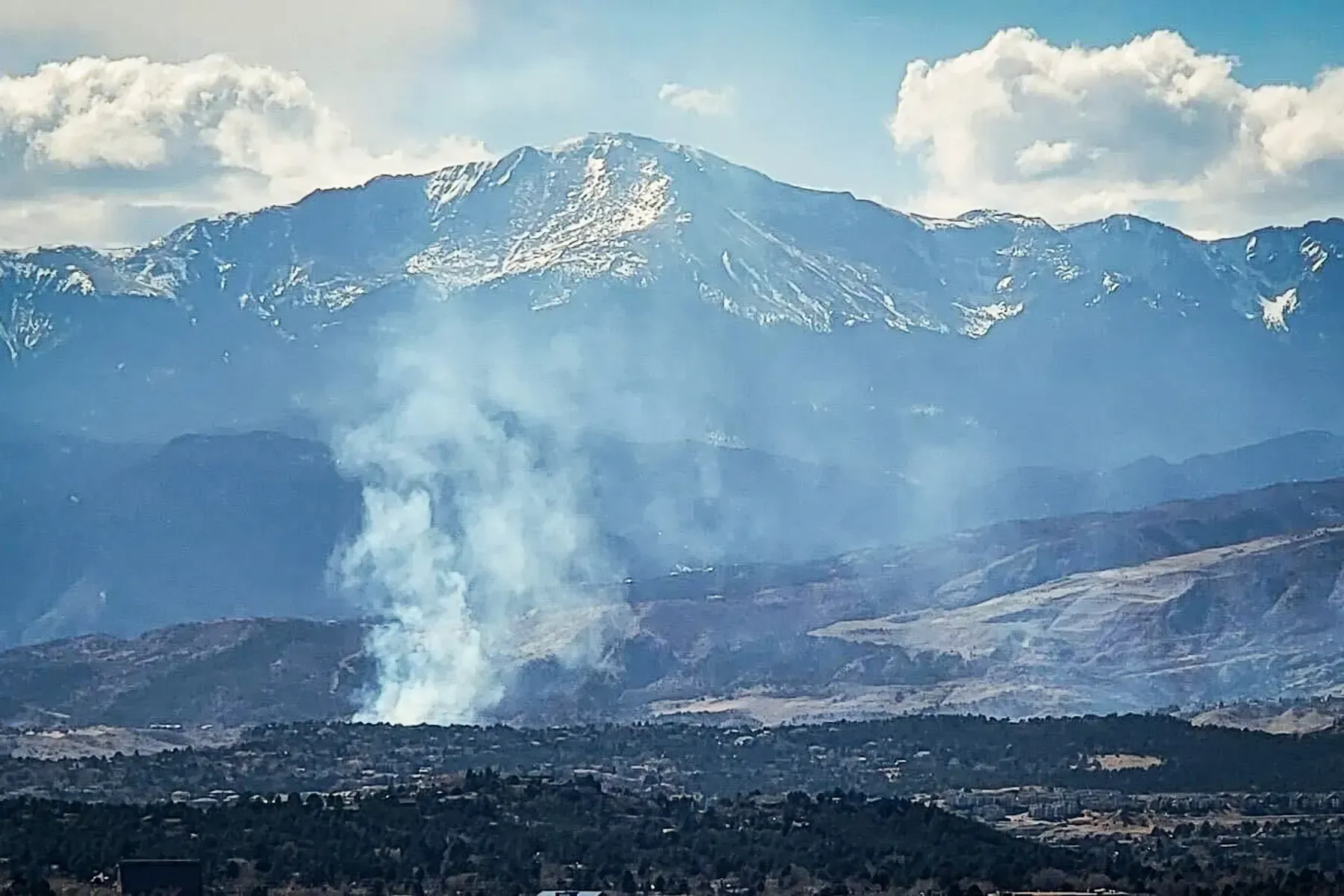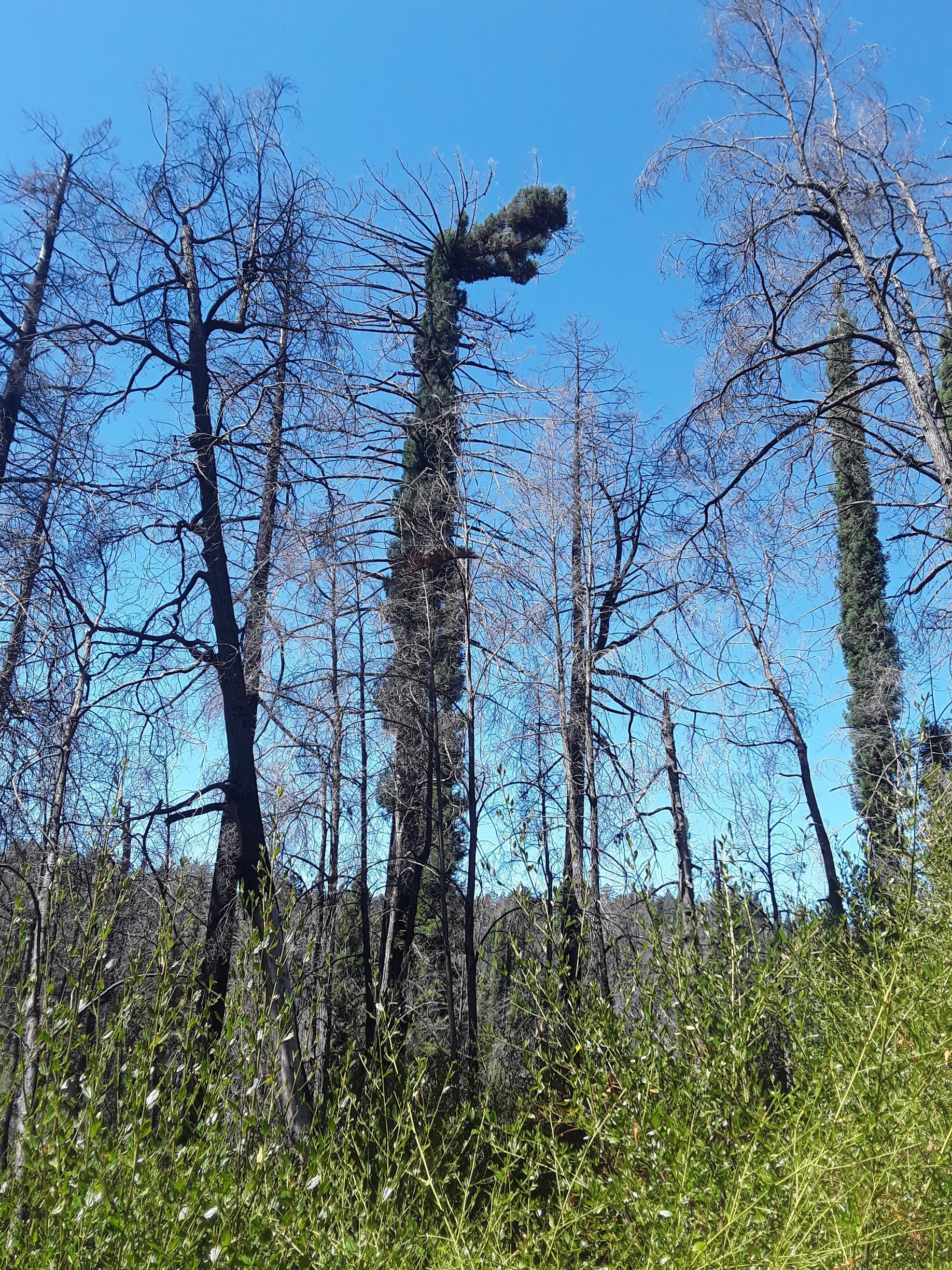Fire Wise Communities
What It Means to Be a Fire-Wise Community

How to Create and Join, and What Responsibilities Come with a Fire Wise Community
In recent years, wildfires have become an increasingly prevalent and devastating force, wreaking havoc on both people and the environment. As fire seasons grow longer and more intense, communities must adopt proactive measures to mitigate the risk and protect themselves from the potential dangers. One initiative that has gained significant traction is the concept of a Fire-Wise Community.
But what does it mean to be a Fire-Wise Community, and how can individuals join or create one? Additionally, what responsibilities do community members hold once they’re part of such a vital network? Let’s break it down.
What is a Fire-Wise Community?
A Fire-Wise Community is a group of homeowners, landowners, and organizations working together to reduce the risk of wildfire damage. These communities actively assess the fire hazards in their area and implement strategies to reduce the potential for fires to spread and cause harm. The program, initiated by the National Fire Protection Association (NFPA) and The Firewise USA® program, empowers communities to take charge of their safety through a series of proactive steps aimed at preventing the destruction caused by wildfires.
Being "Fire-Wise" is about more than just protecting individual homes—it’s about creating a collective, shared responsibility to protect the broader community, wildlife, and the environment from fire hazards.
How Can You Create or Join a Fire-Wise Community?
Whether you’re looking to get involved or start a new initiative in your area, here are a few ways you can either join or create a Fire-Wise Community:
1. Joining an Existing Fire-Wise Community
If a Fire-Wise Community already exists in your area, getting involved is typically as simple as reaching out to community leaders or organizations. You can:
- Contact local fire departments or local government: Fire departments often have information about Fire-Wise initiatives and can point you toward local groups.
- Attend community meetings or events: Many communities host Fire-Wise informational events, which can provide you with an introduction to their programs.
- Volunteer: Many Fire-Wise Communities rely on volunteers to help with educational outreach and cleanup events. Volunteering is a great way to meet like-minded neighbors and become part of the effort.
2. Creating a Fire-Wise Community
If no Fire-Wise initiative exists in your area, consider starting one. The process may take time and effort, but the benefits are invaluable. Here’s how you can get started:
- Gather Support: The first step is to build support from neighbors, local leaders, and stakeholders like fire departments and homeowners’ associations.
- Create a Fire-Wise Committee: Form a group of interested individuals to help guide the process and ensure the initiative stays on track. A committee can help with tasks like organizing educational events and assessing local fire risks.
- Complete a Fire Risk Assessment: This is a crucial step where the community evaluates its vulnerabilities, such as nearby forests, brush, or other fire hazards. This will guide your next steps for mitigation.
- Submit a Fire-Wise application: To officially become a Fire-Wise Community, you will need to submit an application to the NFPA and meet certain criteria, such as holding public outreach events and creating a defensible space around homes.
What Responsibilities Do Community Members Have?
Once you’re part of a Fire-Wise Community, there are key responsibilities that come with the commitment. These responsibilities not only protect individual properties but also contribute to the safety of the entire neighborhood. Some of these include:
1. Creating Defensible Space Around Your Property
One of the most critical aspects of reducing wildfire risk is creating defensible space. This involves clearing combustible materials (like dead leaves, branches, or dry grass) around your home, maintaining space between trees, and using fire-resistant landscaping. Here are some key steps you can take:
- Trim trees and bushes, especially near your house.
- Clear brush and other vegetation that could catch fire.
- Remove any dead trees, leaves, or other debris that can serve as fuel.
- Install fire-resistant roofing and materials when remodeling your home.
2. Participating in Community-Wide Fire Mitigation Efforts
Fire-Wise Communities often organize group efforts, such as:
- Defensible space cleanup days: Volunteers come together to clear brush or maintain firebreaks, which are gaps in vegetation that can slow or stop the spread of a wildfire.
- Fire-resistant plant swaps: Communities can exchange non-flammable plants to reduce fire risks.
- Fire drills and evacuation plans: Practicing evacuation procedures helps ensure that everyone knows how to act if a wildfire does occur.
3. Educating Yourself and Others About Fire Safety
Education is a crucial part of being a Fire-Wise Community member. You should familiarize yourself with:
- Fire safety measures and emergency response plans: Knowing how to respond during a fire is just as important as preventing one.
- Evacuation routes and shelters: Understanding the best routes for evacuation can save valuable time in an emergency.
- Local fire risks and alerts: Stay informed about local fire risks through early warning systems and keep an eye on fire conditions, especially during high-risk months.
4. Advocating for Fire Safety in Your Community
As a member of a Fire-Wise Community, you become an ambassador for fire safety. You can advocate for fire preparedness by:
- Promoting fire safety at local events and in community meetings.
- Encouraging your neighbors to participate in Fire-Wise programs and mitigation efforts.
- Working with local governments or fire departments to improve fire safety measures and local building codes.
The Impact of a Fire-Wise Community
The impact of Fire-Wise Communities extends far beyond reducing the risk of damage to individual homes. When communities come together to actively manage fire risks, the entire region benefits. These communities:
- Increase resilience to wildfires.
- Help reduce the financial and emotional toll of disaster recovery.
- Foster a stronger sense of community and collaboration.
- Serve as models for other neighborhoods and cities to adopt fire-safety measures.
Conclusion
Being part of a Fire-Wise Community is not just about safeguarding your own property but also about taking collective responsibility for the well-being of your neighbors and the environment. Whether you're looking to join an existing community or create one in your area, the process is simple but crucial for long-term fire prevention. Taking these steps will not only reduce the risk of devastating wildfires but also create a safer, more resilient environment for everyone involved.
